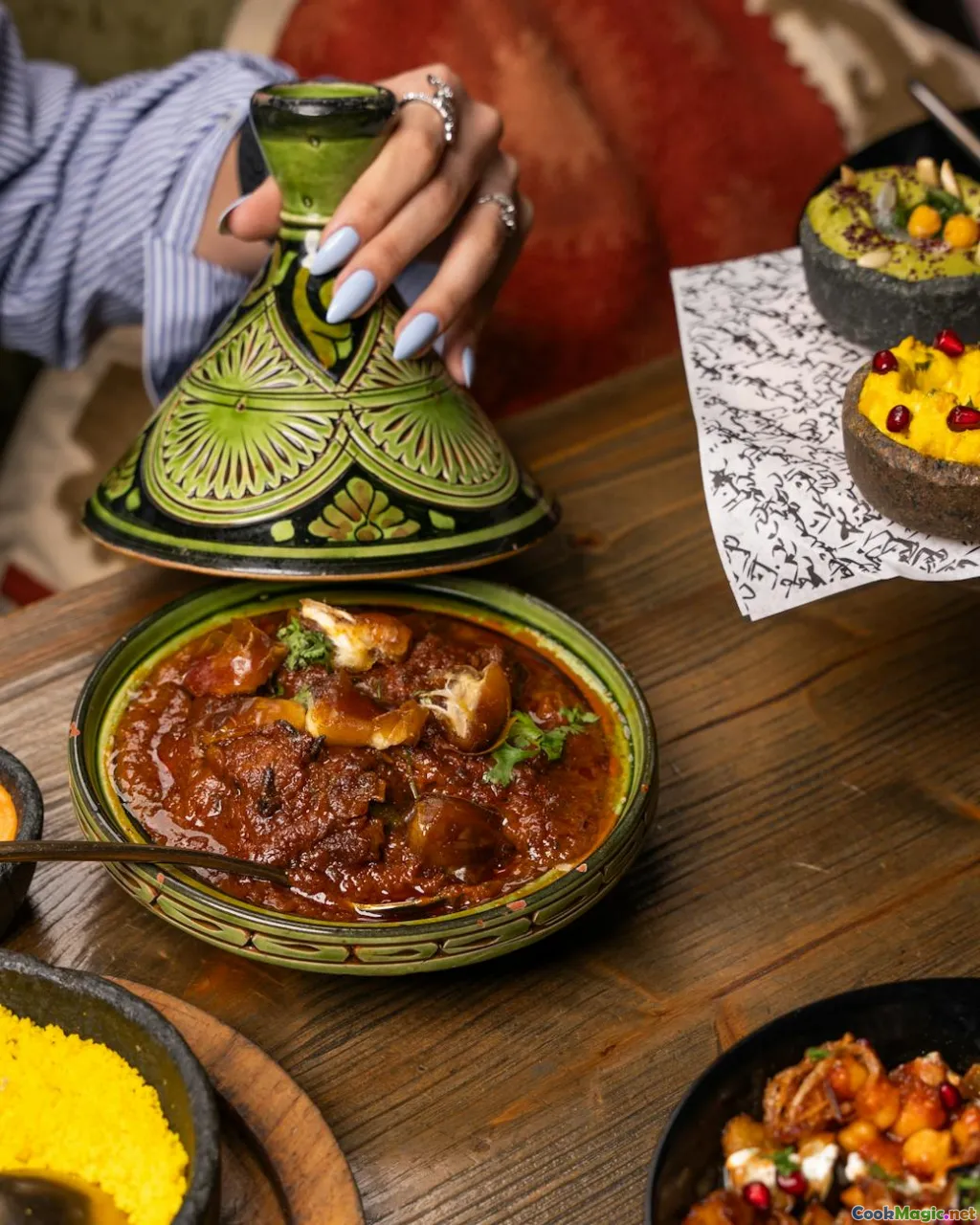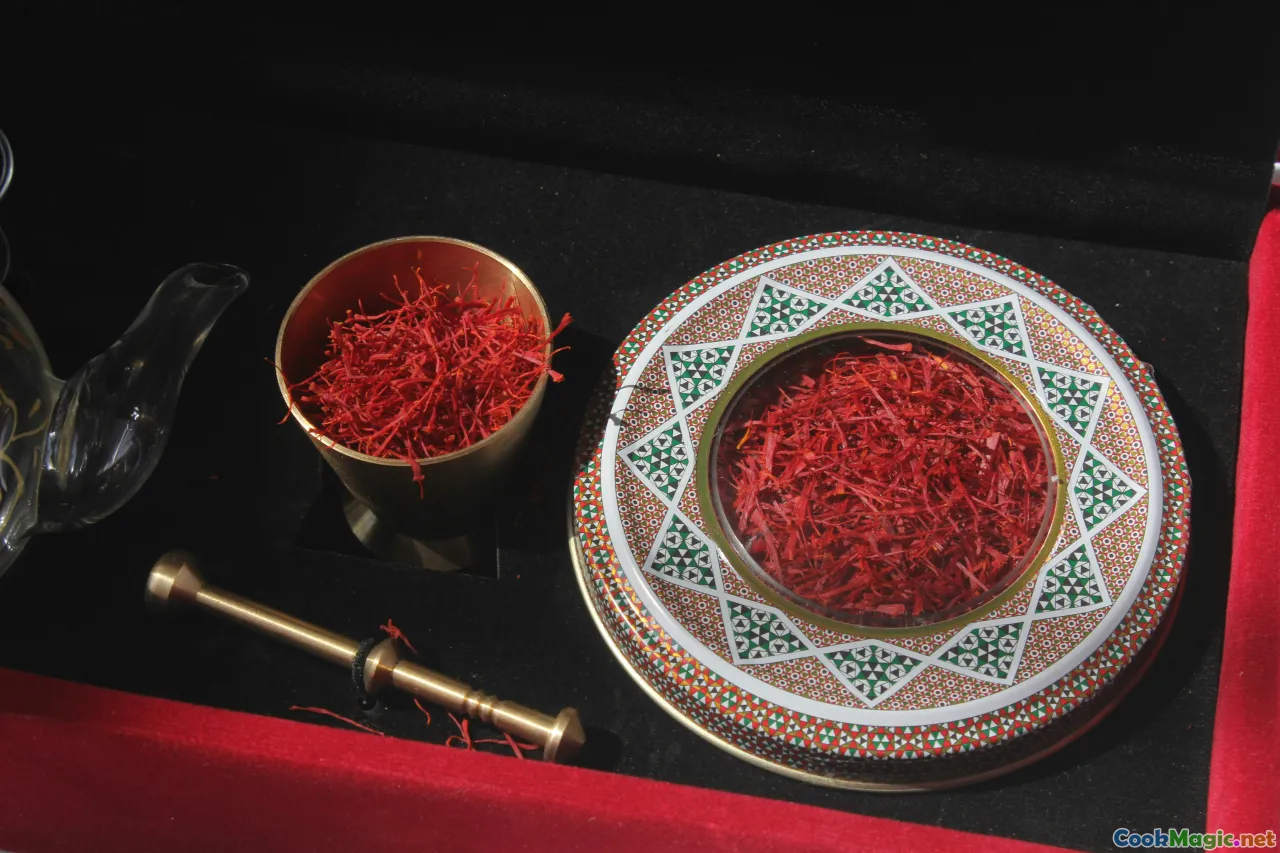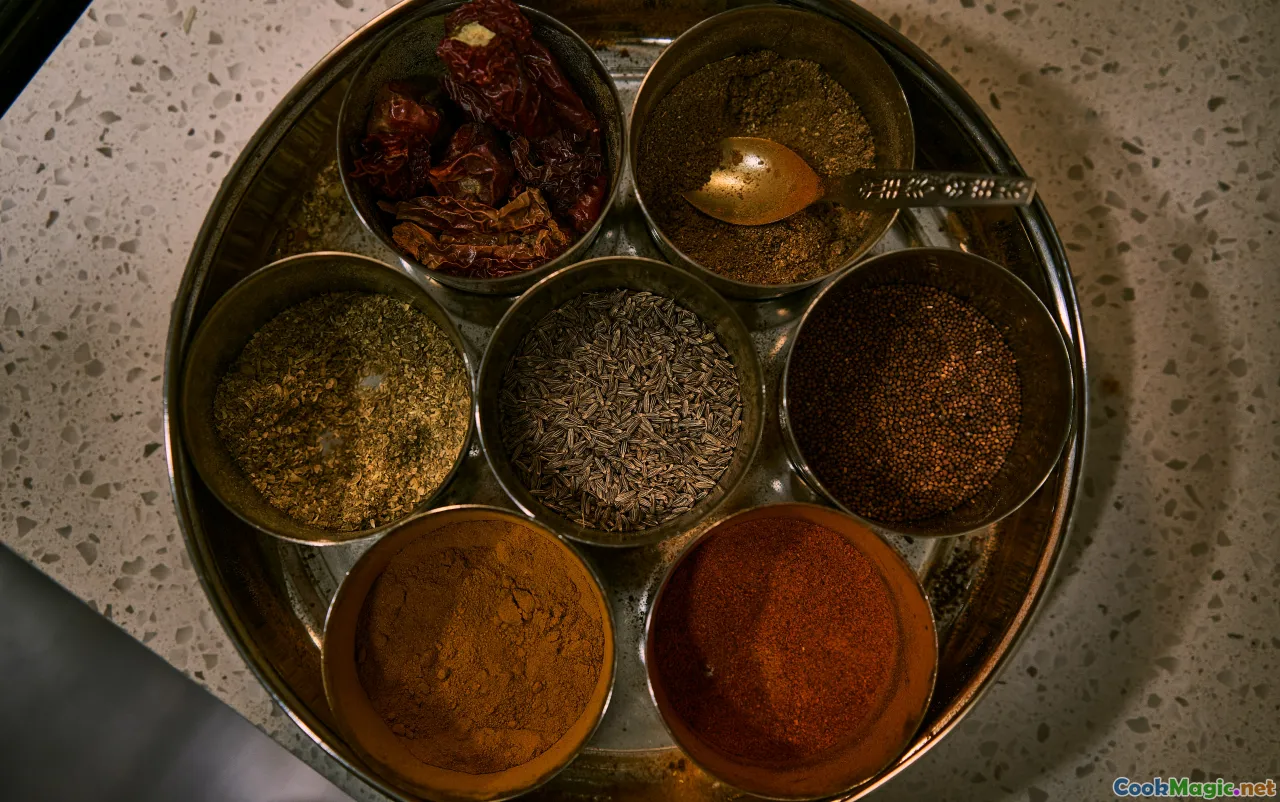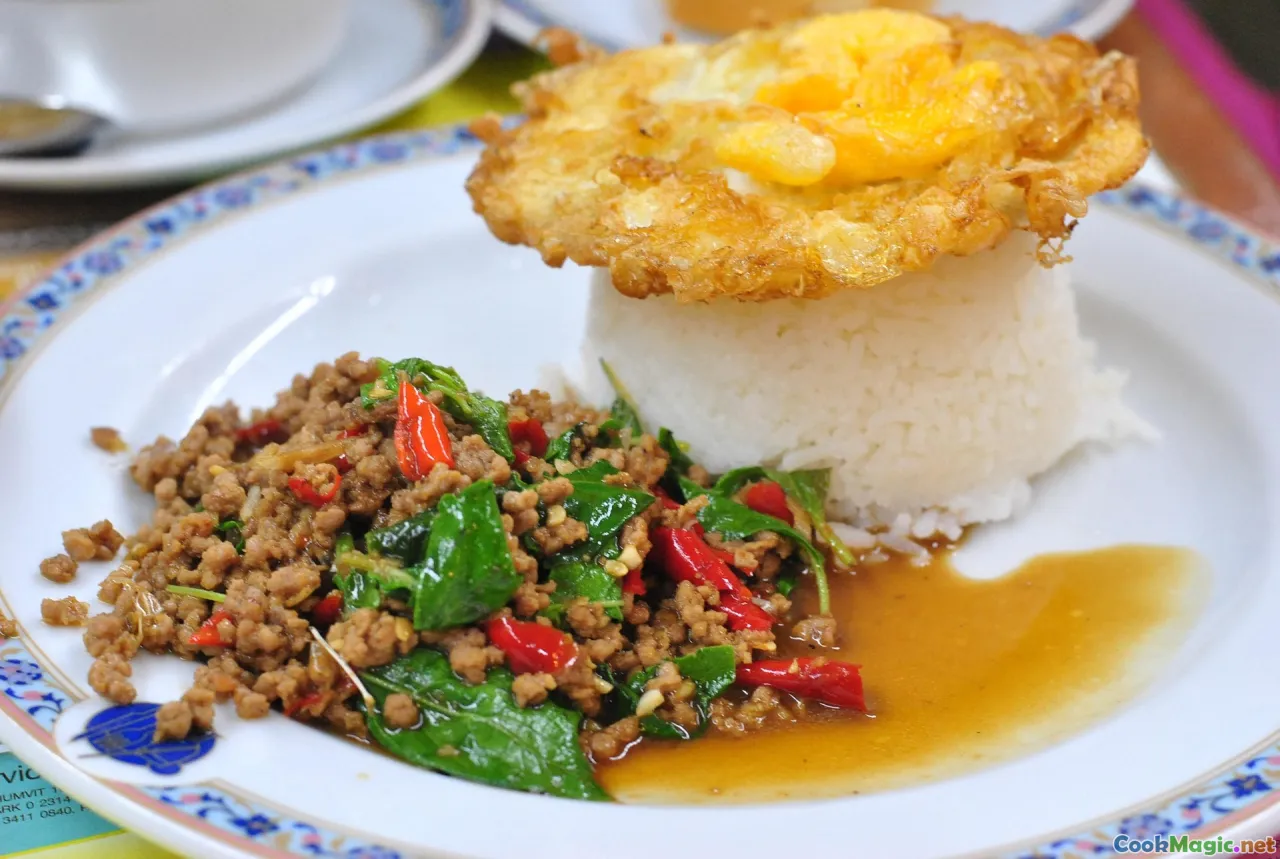Slow Cooking Leg of Lamb Afghan Style
11 min read Discover how to prepare tender Afghan-style slow-cooked leg of lamb with rich spices and authentic flavors. July 15, 2025 03:05
The Rich Tapestry of Afghan Cuisine: A Deep Dive into Slow-Cooked Leg of Lamb Afghan Style

Ah, the soul-stirring aromas of Afghan cuisine—where every dish tells a story woven through centuries of history, trade, and culture. Among these culinary tales is the majestic slow-cooked leg of lamb, prepared in an Afghan style that elevates humble ingredients into a feast fit for elders, families, and local festivities alike. As someone enchanted by the intricate flavors of Central Asia and the heartwarming traditions behind each bite, I invite you on a journey into the aromatic, tender, and soulful world of Afghan slow-cooked lamb.
The Cultural Significance of Lamb in Afghan Traditional Food

Lamb holds a special place in Afghan culinary heritage. It isn’t merely a source of sustenance but a symbol of hospitality, dignity, and age-old tradition. In Afghan culture, hosting guests with a sumptuous meal signifies respect—sometimes the biggest challenge is choosing what to serve as a centerpiece. The slow-cooked leg of lamb embodies patience, reverence, and a communion with both elders and ancestors who believed that food, when prepared with love and care, becomes a conduit for shared stories.
You’ll find it accompanying festive gatherings in Kabul, Herat, Kandahar, and the mountain villages of Bamyan, where each family’s recipe is a personal heirloom, passed down through generations.
The Magic of Afghan-Style Slow Cooking

What makes Afghan-style lamb so distinctive isn’t just the choice of meat but the method of cooking and the harmony of spices used. Traditionally, the leg of lamb is marinated in a robust blend of spices—cumin, coriander, turmeric, cinnamon, and sometimes a touch of dried fenugreek leaves—marinating overnight to deepen the flavor profile.
The key technique involves slow, gentle cooking—either in a traditional clay pot called a kandur, or via modern slow cookers. This cooking process transforms the tough, connective tissues into an almost velvety tenderness, where meat practically falls off the bone. The magic here is patience—allowing the flavors of the marinade, herbs, and spices to meld during hours of slow simmering, creating a dish whose aroma alone can evoke feelings of warmth and nostalgia.
Preparing the Perfect Afghan-Style Lamb: Step-by-Step

Embarking on this culinary journey begins with selecting a good quality leg of lamb—preferably bone-in for richer flavor and enhanced moisture retention. Here’s a detailed guide:
Ingredients:
- 1 whole leg of lamb (5–7 pounds)
- 3 tablespoons cumin powder
- 2 tablespoons coriander powder
- 1 teaspoon turmeric
- 1 teaspoon ground cinnamon
- 4 cloves garlic, minced
- 1 large onion, sliced
- 1/4 cup yogurt (for tenderization)
- 1/4 cup olive oil or ghee
- Salt and pepper to taste
- Fresh herbs: cilantro, parsley
- Optional: dried lemon powder ( 9 dist�a9kh)
Marination:
- In a mixing bowl, combine cumin, coriander, turmeric, cinnamon, garlic, salt, and pepper.
- Mix in yogurt and oil to form a fragrant marinade.
- Pierce the lamb leg with a skewer or sharp knife to allow marinade infiltration.
- Rub the spice mixture thoroughly all over the meat, ensuring every nook is coated.
- Cover and refrigerate overnight—this ensures a deeply flavorful, tender result.
Cooking Process:
- Remove the lamb from the refrigerator about an hour before cooking.
- In a heavy pot or slow cooker, layer sliced onions at the bottom.
- Place the marinated lamb on top.
- Add chopped fresh herbs and a splash of water or broth for moisture.
- Cover and cook on low heat for 6-8 hours, or until the meat is meltingly tender and falling off the bone.
Serving:
- Carve carefully, allowing the succulent, spice-rubbed meat to be appreciated visually and aromatically.
- Accompany with steamed biryani, Afghan naan, or saffron-infused rice.
The Flavor Profile and Sensory Experience

Imagine the aroma of slow-cooked lamb wafting through the room—warm, earthy, infused with cumin and cinnamon—a smell that beckons family and friends to gather around. The meat, enveloped in a dark, aromatic marinade, boasts a tender, fibrous texture that yields to each bite, releasing a rich depth of flavors.
The spices create a beautiful layered taste: the cumin adds a nutty, slightly peppery note; coriander lends citrus undertones; cinnamon brings a gentle sweetness that balances the savory richness; and garlic and onions deepen the umami base. When paired with fresh herbs, the dish becomes vibrant, multidimensional—sometimes a splash of lemon juice or dried lemon powder accents the tartness, brightening the palette.
Personal Encounters and Cultural Stories

I recall visiting a humble but lively Afghan household in Kandahar, where the aroma of this slow-cooked lamb greeted us from the open kitchen. An elder, wearing a turban, shared stories of how this dish brings family members into a circle of warmth and unity during Eid or wedding celebrations.
In these moments, I learned that the preparation of Afghan lamb isn’t merely culinary—it's a ritual rich with symbolism. The long hours of cooking—and the patience required—mirror Afghan values of perseverance, hospitality, and respect for tradition. Serving this dish is a gesture of love that transcends flavors, wrapping everyone in shared history and cultural pride.
Tips for Achieving Authenticity at Home

- Choose quality meat: A well-marbled, fresh leg of lamb ensures juicy, flavorful results.
- Marinate thoroughly: Don’t rush; the romantic overnight marination is key.
- Use slow heat: Whether in a traditional earthenware kandur or a modern slow cooker, patience pays off.
- Incorporate traditional spices: They are the soul of this dish. Experiment with dried lemon powder or a hint of sumac for extra authenticity.
- Rest before serving: Allow the meat to rest for 15 minutes after cooking, enhancing juiciness and flavor dissemination.
Serving Ideas and Traditional Accompaniments

- Afghan naan: Soft, crispy, perfect for scooping the lamb.
- Saffron rice: Fragrant rice infused with saffron and topped with barberries or toasted almonds.
- Vegetable side: Roasted eggplants, grilled peppers, or a fresh herb salad.
- Dairy touch: A side of tangy Afghan yogurt or a cucumber-mint raita complements the richness.
Visual plating often features the sliced lamb atop a bed of saffron rice or laid out with warm bread on a rustic wooden platter—the aroma tempting guests even before the first bite.
Final Reflections: Celebrating Afghan Culinary Heritage
Many culinary journeys are about more than ingredients—they’re about connecting with stories, history, and community. Afghan slow-cooked lamb is one such dish, a symbol of patience, resilience, and communal warmth. It’s a dish that invites you to slow down, savor not just the flavors but the traditions behind them.
Cooking this dish in your own kitchen kindles a fleeting bridge to a rich tapestry of Afghan life, where food becomes a vessel of culture. As you take that first tender bite, let its flavors remind you of the enduring spirit of Afghan cuisine—simple, profound, and deeply flavorful.
Feel free to personalize your version, experimenting with spices or side dishes, but honor the essence: patience, tradition, and love carefully layered into each slow-cooked leg of lamb.
Embark on this culinary adventure and bring a piece of Afghan soul into your home—one luscious, aromatic forkful at a time.









